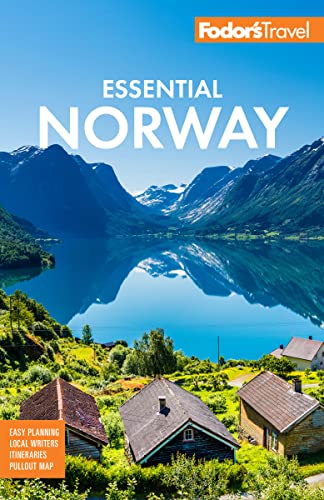Car Travel
The E6 connects Oslo with Göteborg, Sweden and onward to Copenhagen, Denmark across the Öresund bridge-tunnel. The E18 connects Oslo with Stockholm directly overland. Car ferries operate between Oslo and Fredrikshavn (Denmark), Oslo and Copenhagen (Denmark), and Oslo and Kiel (Germany). There are also ferries between Sandefjord and Strömstad (Sweden) as well as between between Larvik or Kristiansand and Hirtshals (Denmark).
All routes leading into Oslo have tollbooths a certain distance from the city center, forming an "electronic ring." All are unmanned—there's no way to stop to pay. Instead, drive straight through. If you're in a rental car, it will probably have an electronic tag that will pass on the toll so that it's added to your credit card bill. If it's your own car, you will receive a bill from the Euro Parking Collection, unless you have made an AutoPass Visitors' Payment in advance.
If you plan to do any amount of driving in Oslo, buy a copy of the Stor-Oslo map, available at bookstores and gas stations. Oslo may be a small city, but one-way streets and few exit ramps on the expressway make it easy to get lost.
Parking is expensive—many spaces have one-hour limits and can cost more than NKr 25 per hour. Instead of individual parking meters in parking lots, machines dispense validated tickets to display in your car windshield. If you buy an Oslo Pass (from a tourist board or hotel), which offers discounts on many things, you can park for free in city-run street spots or at reduced rates in lots run by the city (P-lots). Just be mindful of time limits and where the card truly is valid. If you are renting a car, major companies such as Avis, Hertz, and Europcar operate in Norway.




